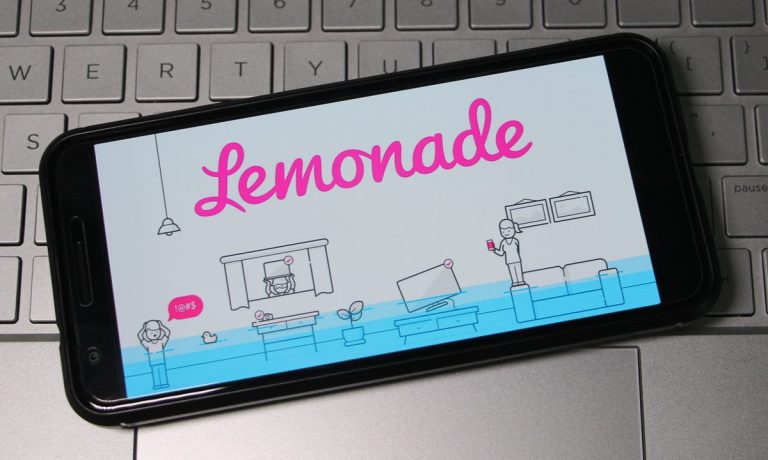
Digital insurance provider Lemonade is continuing to incorporate artificial intelligence (AI) into its business.
“Investors and analysts often ask about the practical impact of our investments in building our own tech-based insurance tech. I believe our recent quarterly results clearly demonstrate that,” Lemonade Co-founder and Co-CEO Shai Wininger said on a Wednesday (July 31) earnings call.
“With large parts of our business running on code rather than people, I believe our tech obsession is paying off in a big way and help separate us from incumbents in visible, measurable, and impactful ways.”
For example, management said on the call, AI has become increasingly good at identifying customers with “unhealthy lifetime value,” said Chief Financial Officer Tim Bixby, especially certain policy holders with catastrophic risk exposure.
Wininger added that Lemonade’s underwriting customer service and claims management, employee management, administration, engineering and product operations all use AI heavily.
“As an example, in just over a year, we went from a standing start to having comprehensively rolled out generative AI platform to handle incoming customer communications,” he said. “We handle email and text communications coming in. We’re now handling more than 30% of these interactions with absolutely no human intervention.”
In addition, Lemonade is working on a new tech program — code-named “L2” — designed to enhance things like underwriting, insurance, operations, compliance, and product development, Wininger added.
The earnings report showed Lemonade’s revenues increasing 17%, while the company’s loss ratio came to 79%, a 15-point improvement over the second quarter of last year.
Lemonade’s efforts to streamline its tech come as an increasing number of consumers are receiving insurance claim payouts instantly, as recent PYMNTS Intelligence research shows.
In fact, the percentage of consumers using instant payments as their chief method for receiving insurance claims of all kinds has been on the increase for the last seven years and reached an all-time high of 33% as of January 2024.
“Even as most insurance claim disbursements are sent instantly more often, healthcare disbursements are an exception,” a recent PYMNTS report notes.
“After a relative plateau from 2021 to 2023, the share of consumers receiving healthcare claim payouts via instant payments dropped from a high of 31% in January 2023 to 28% in January 2024. This decline could be attributed to heightened consumer security concerns.”